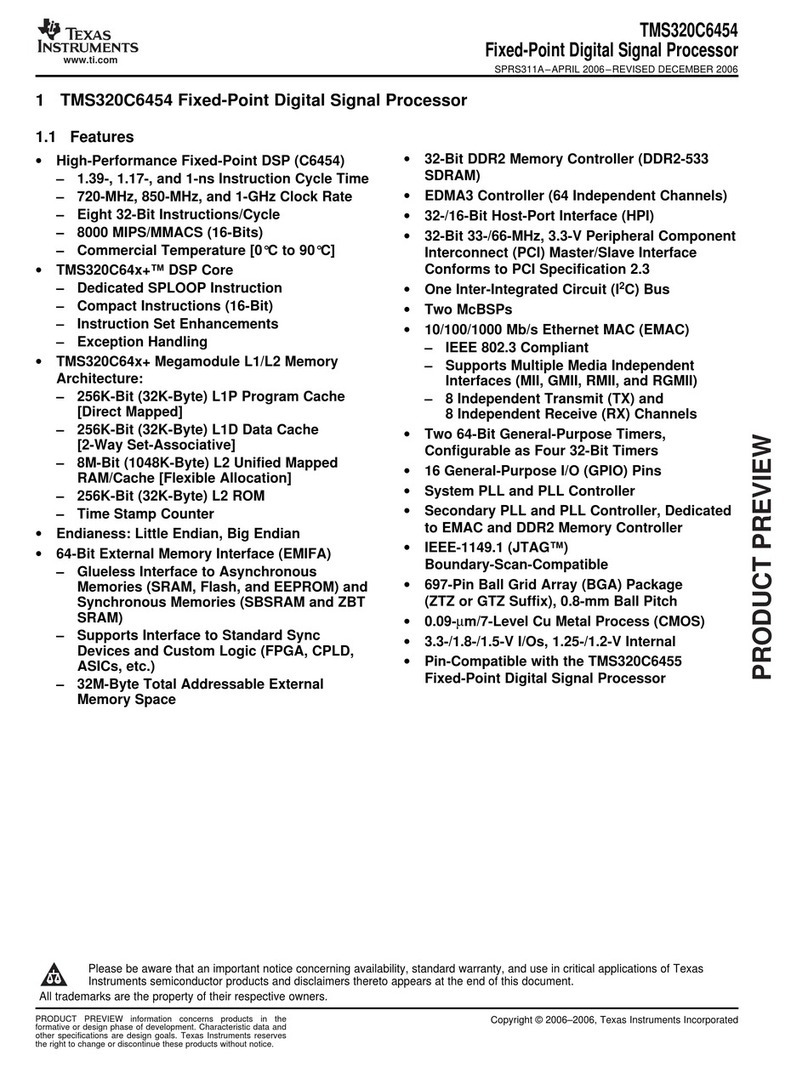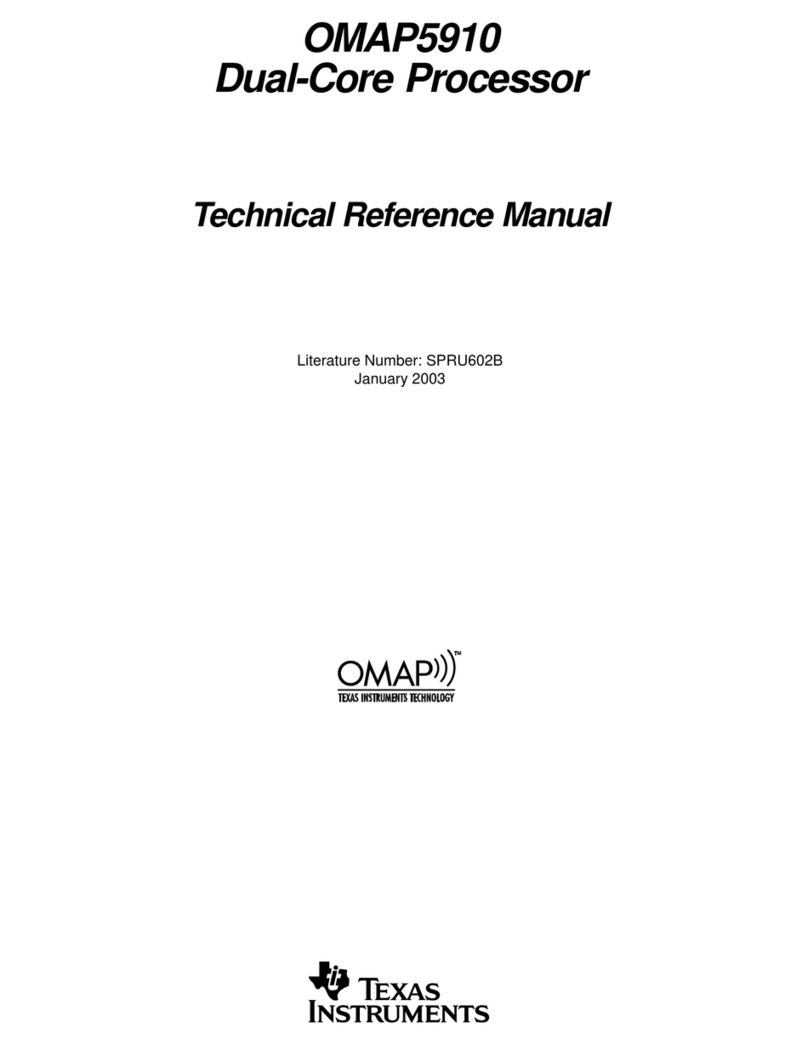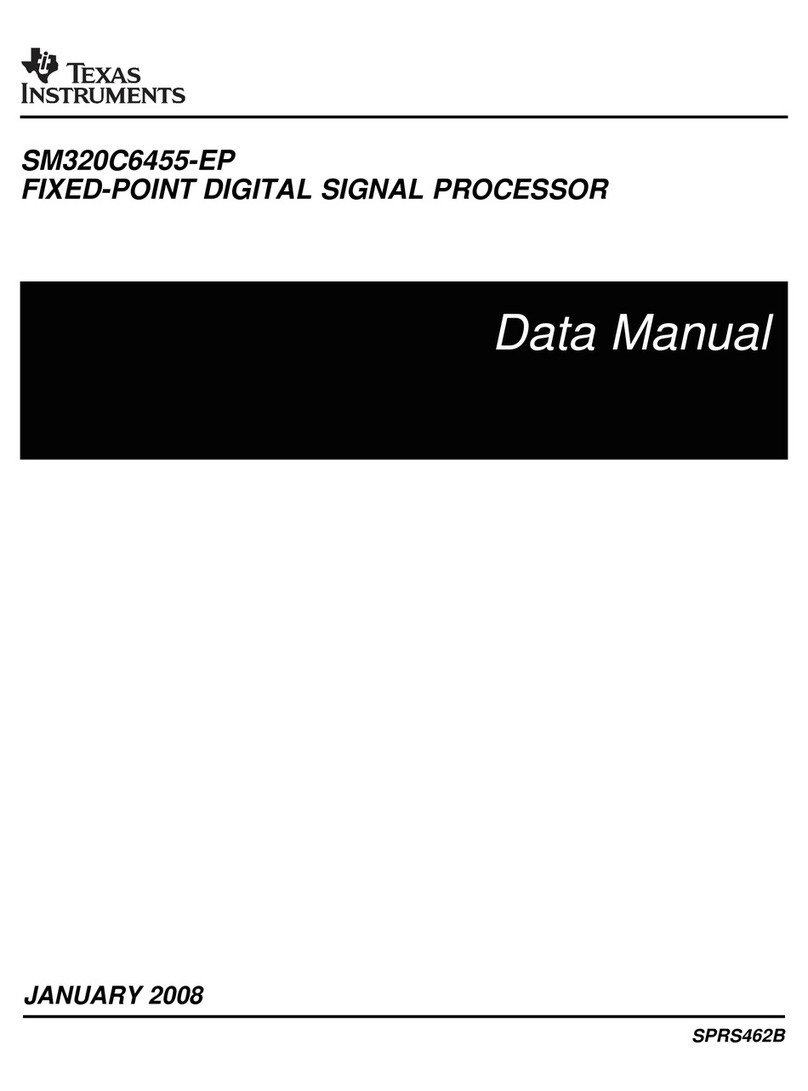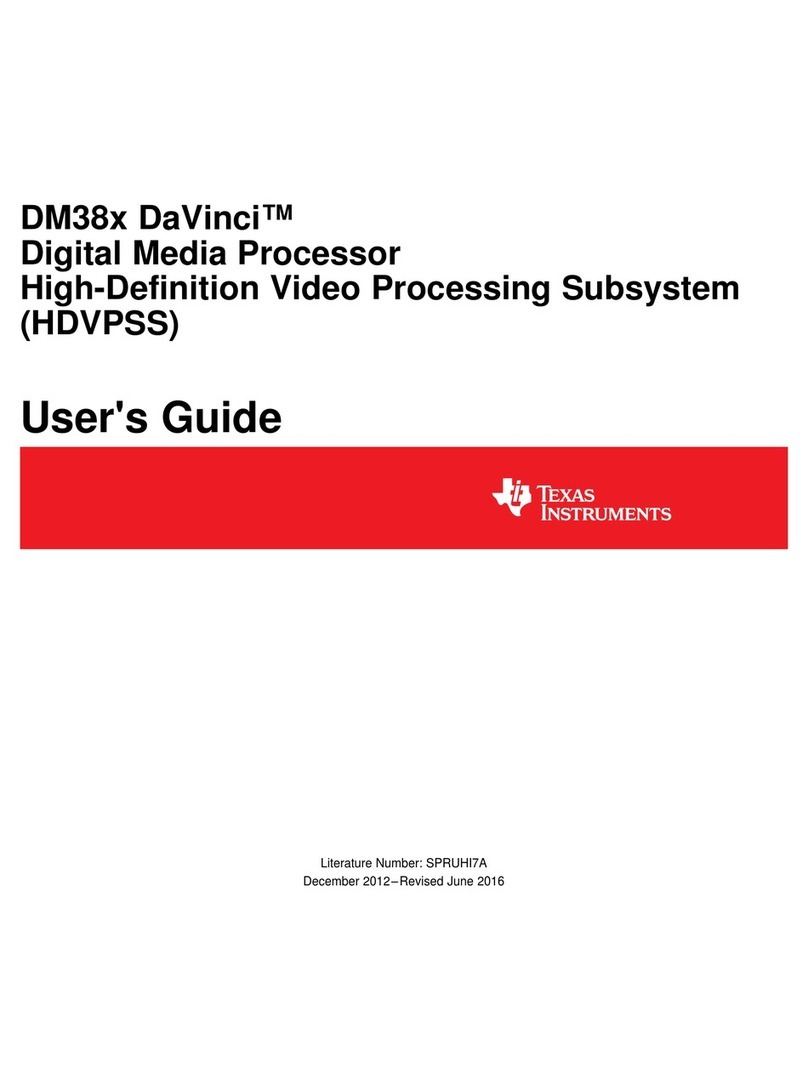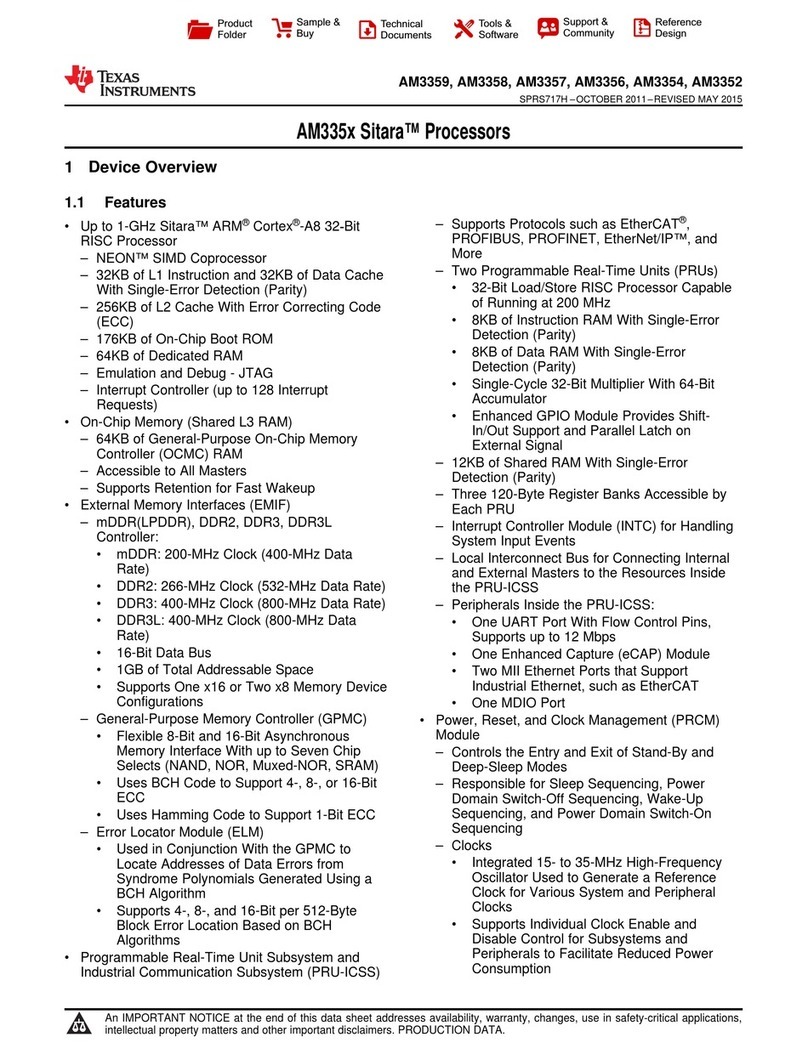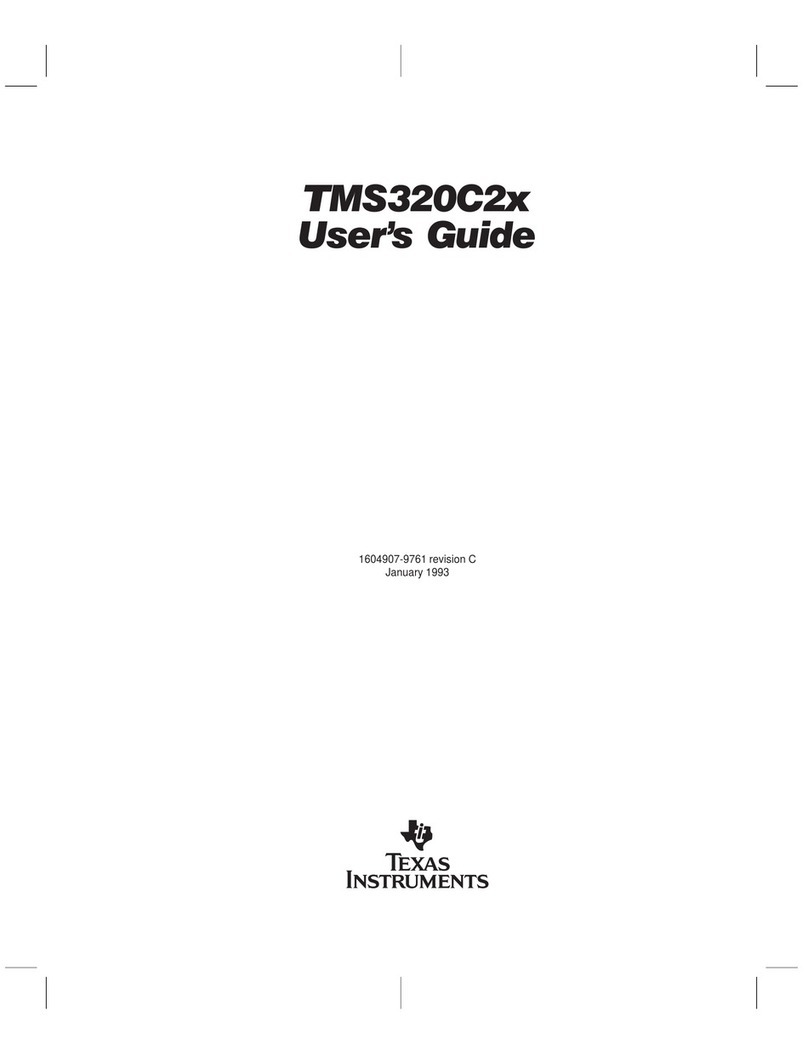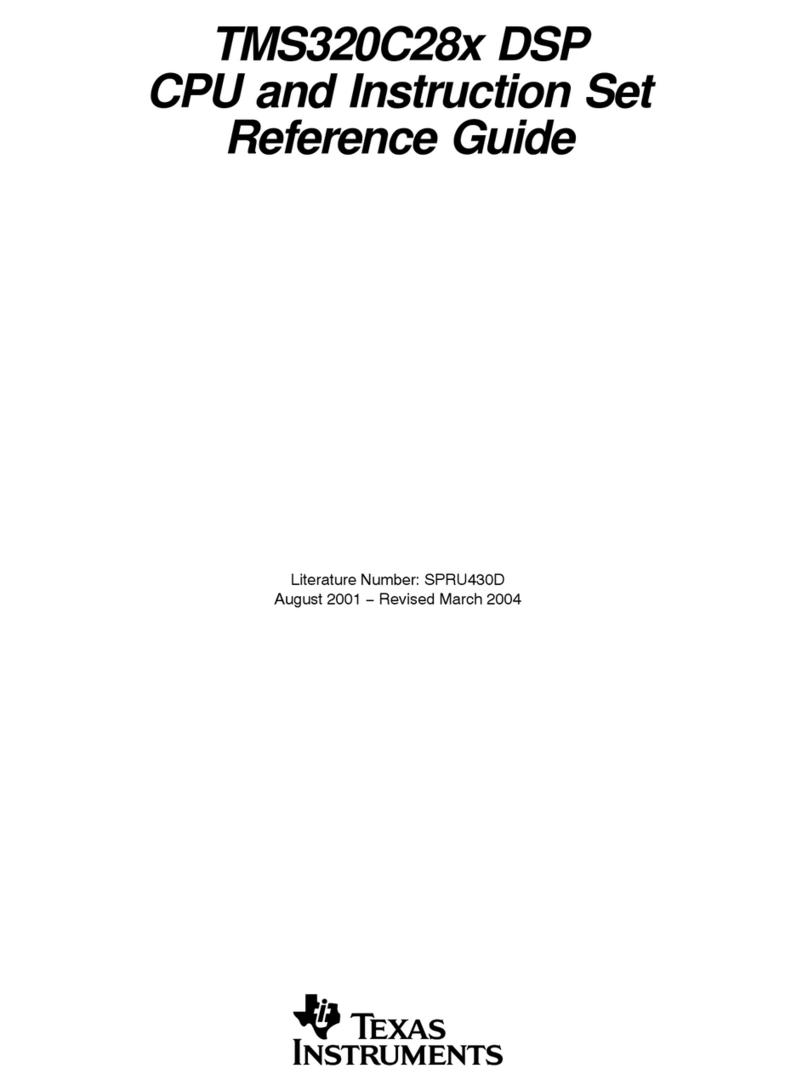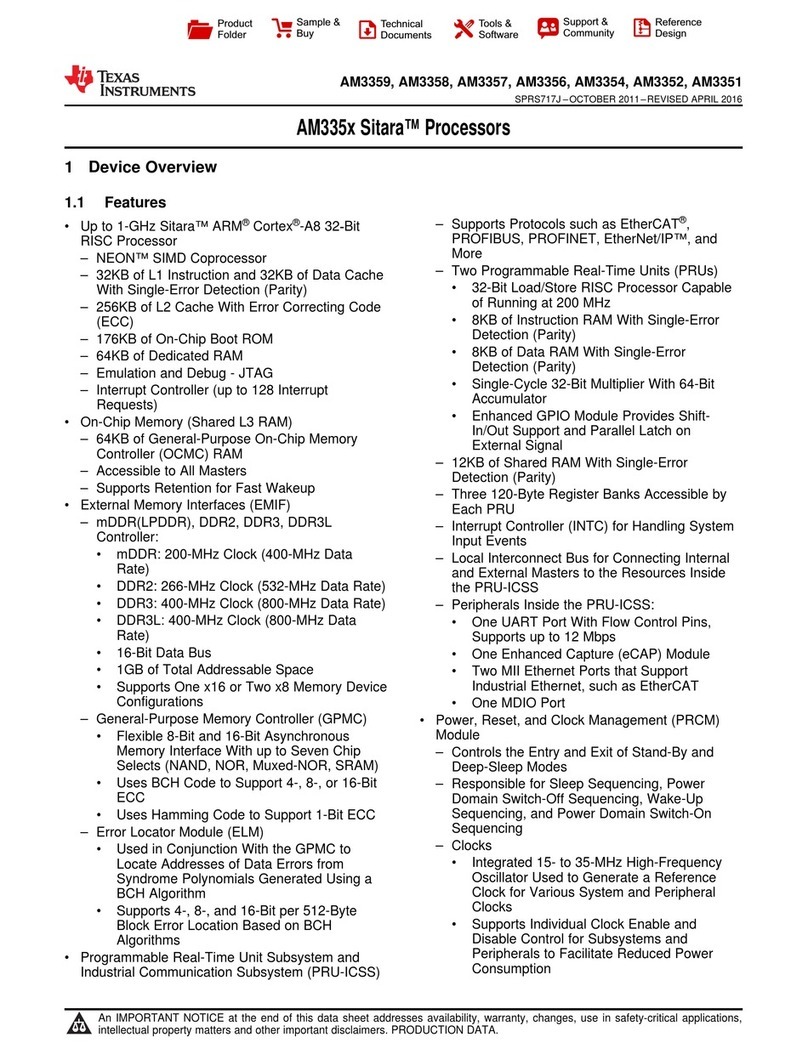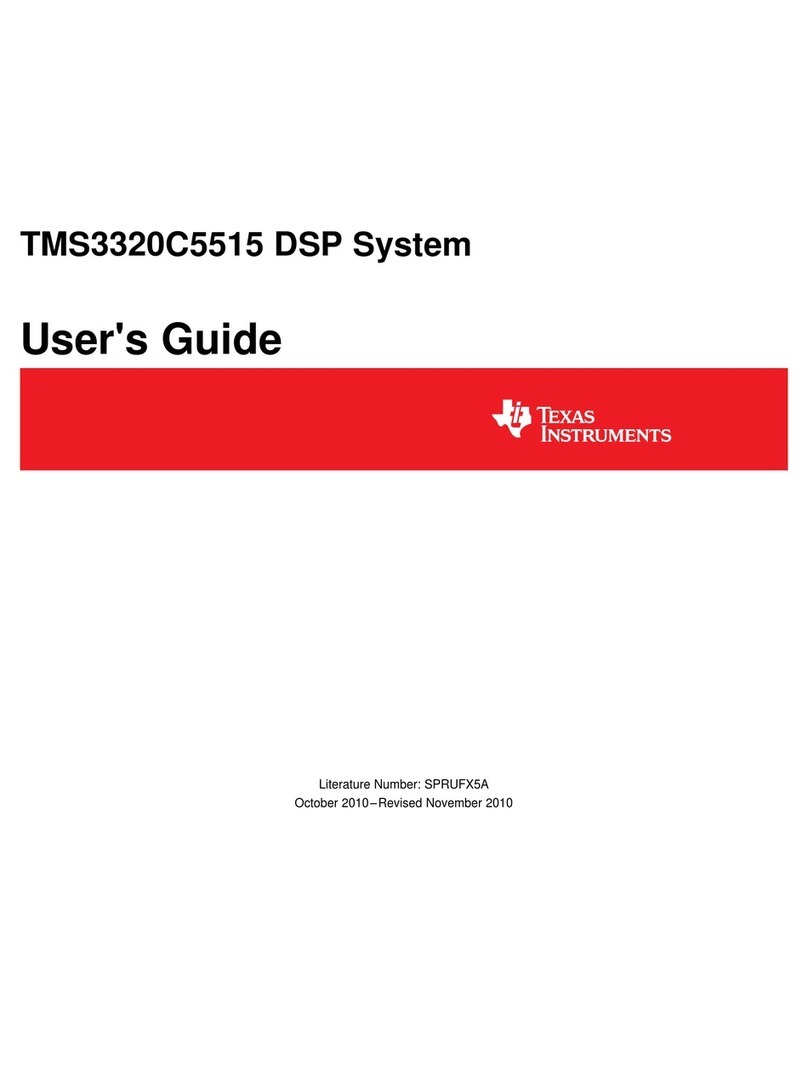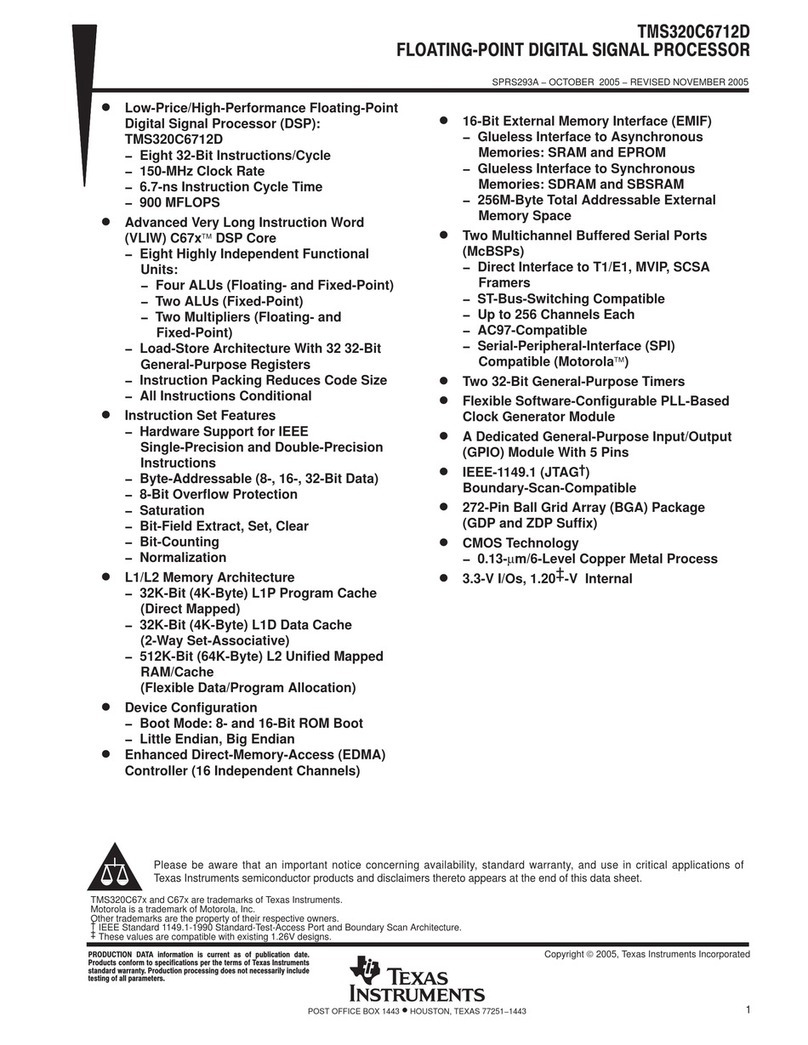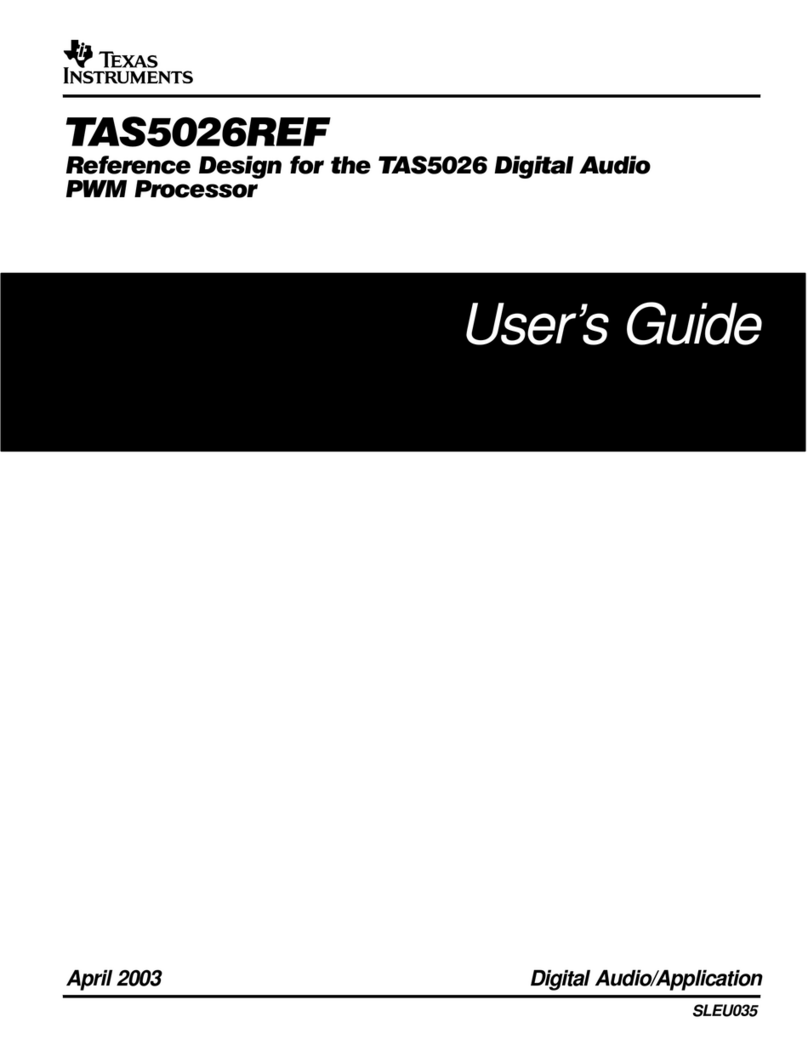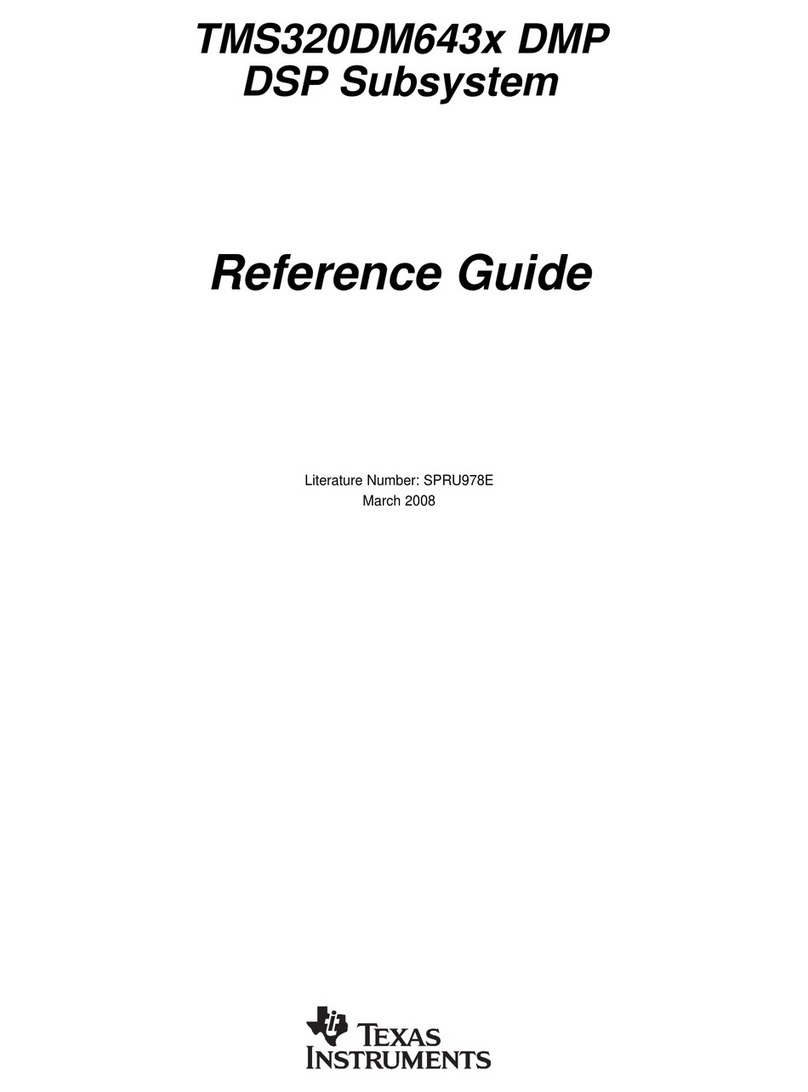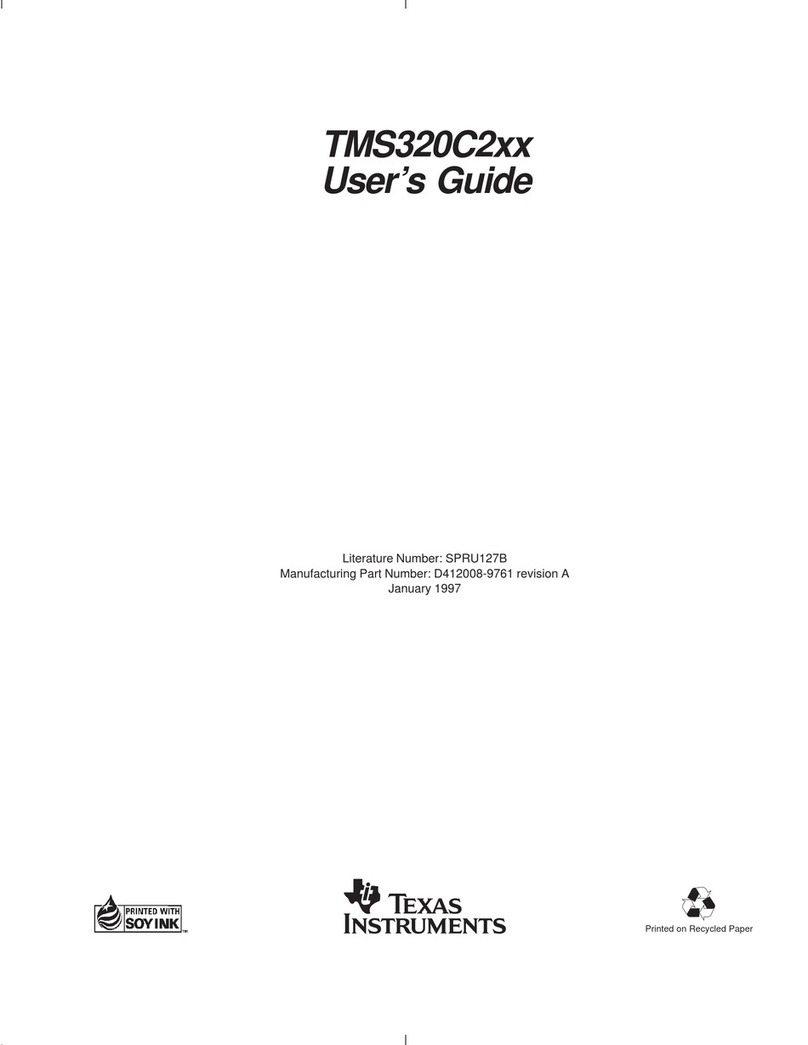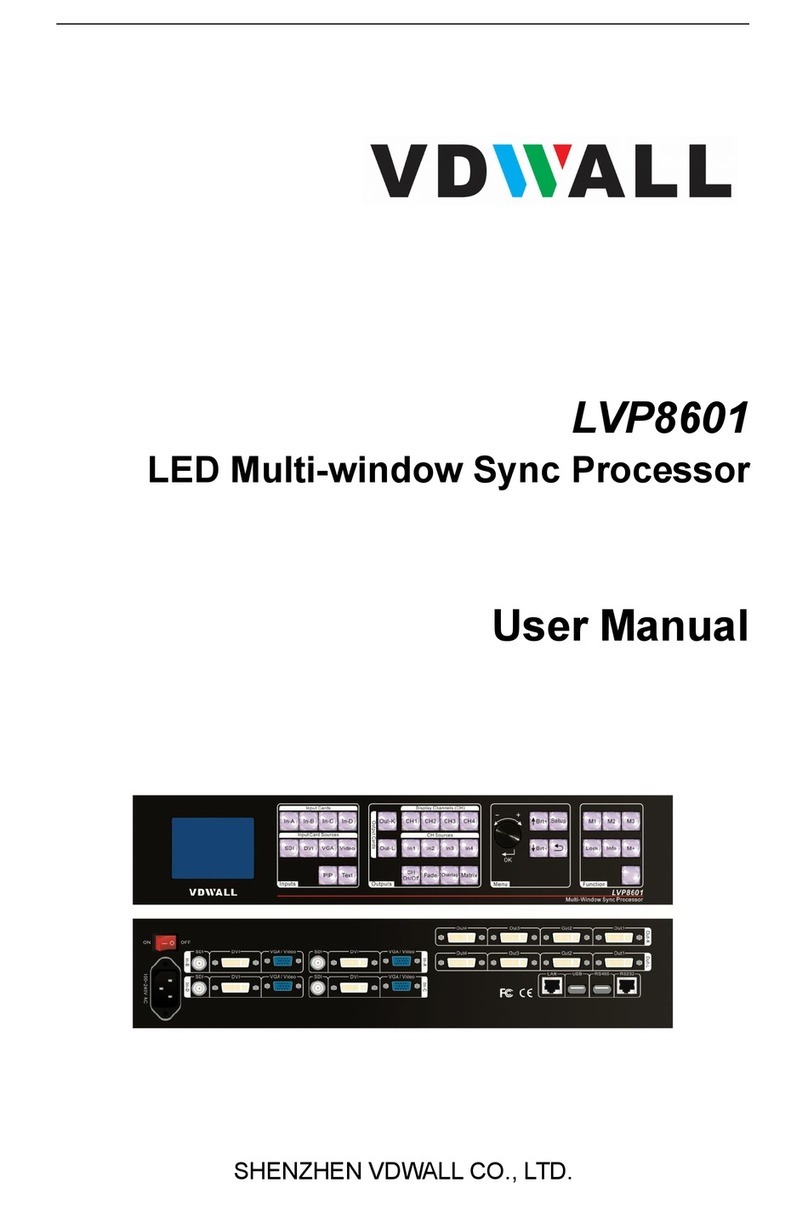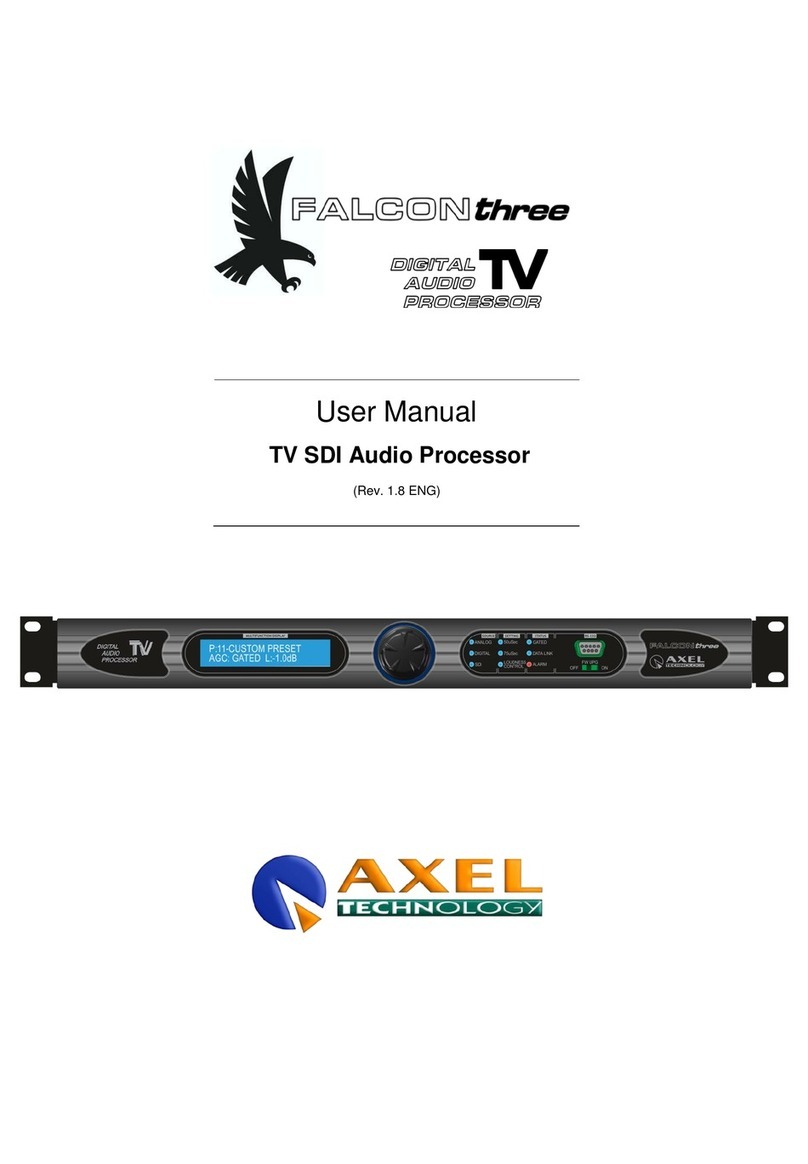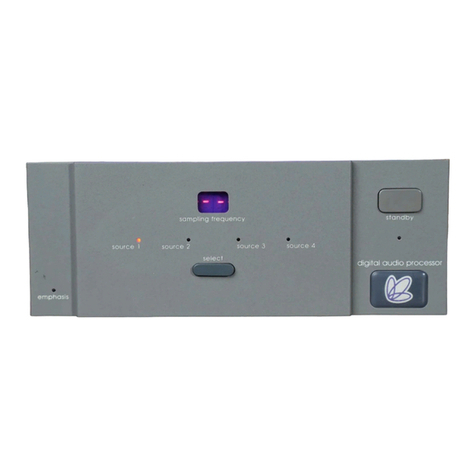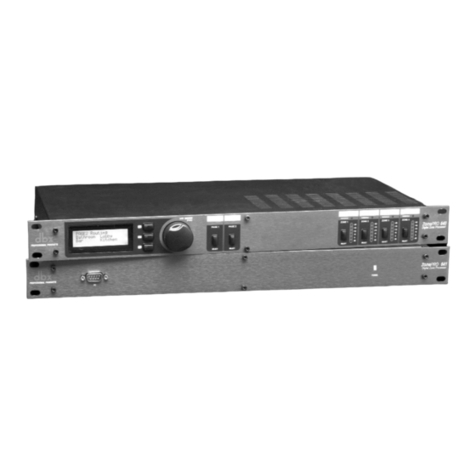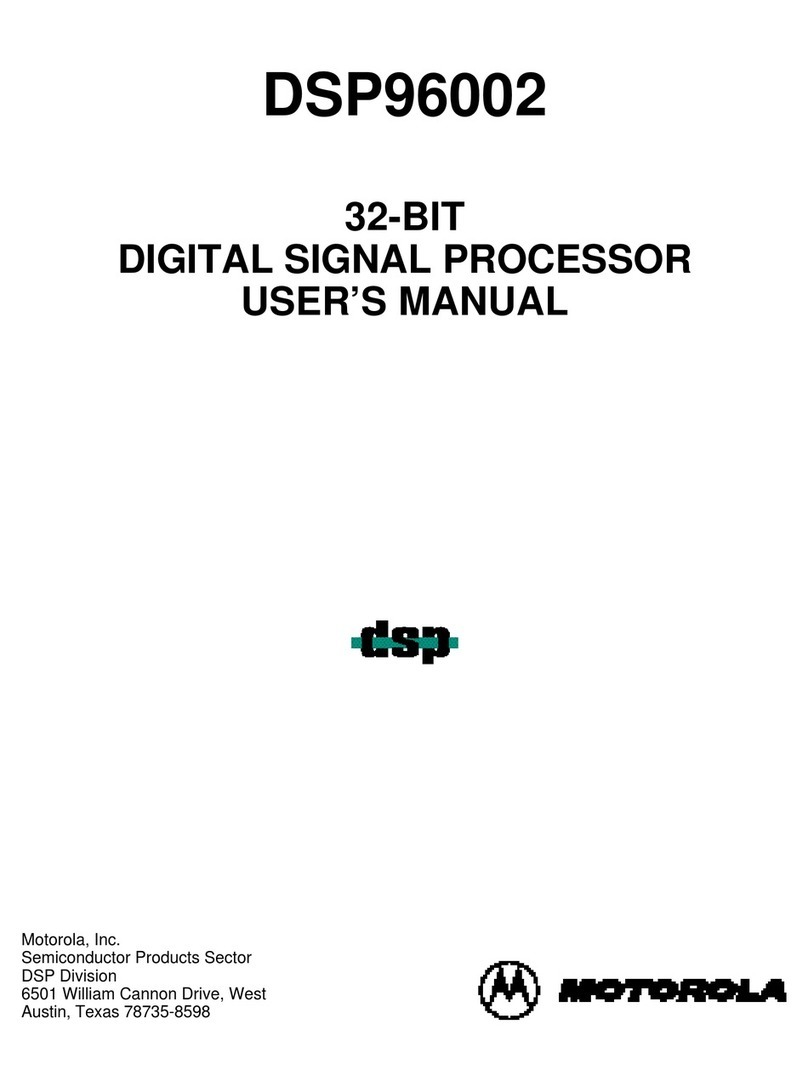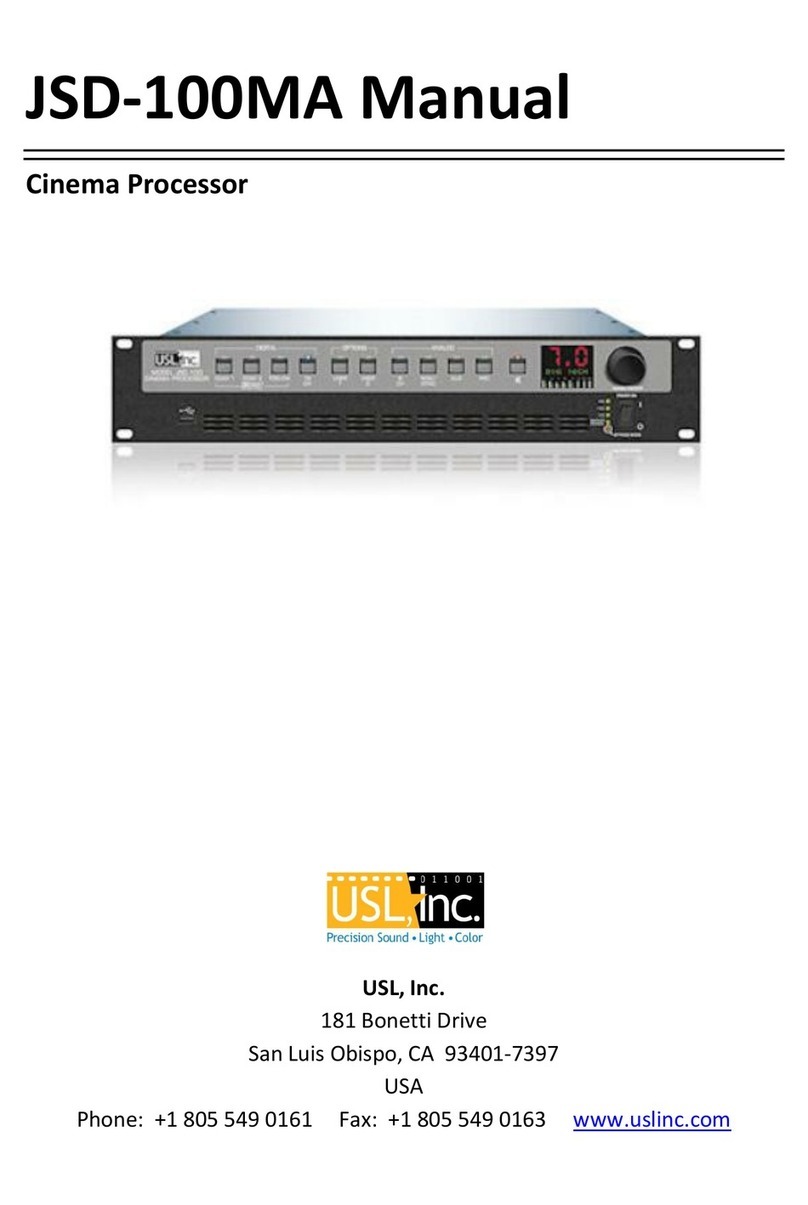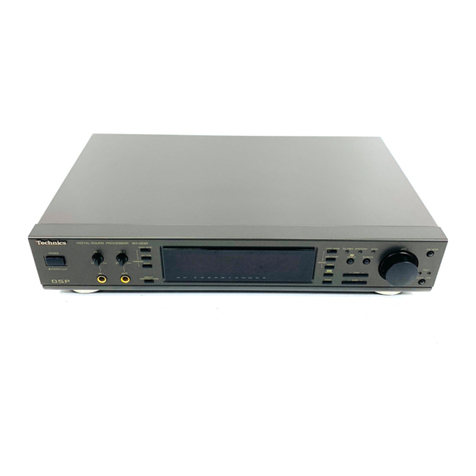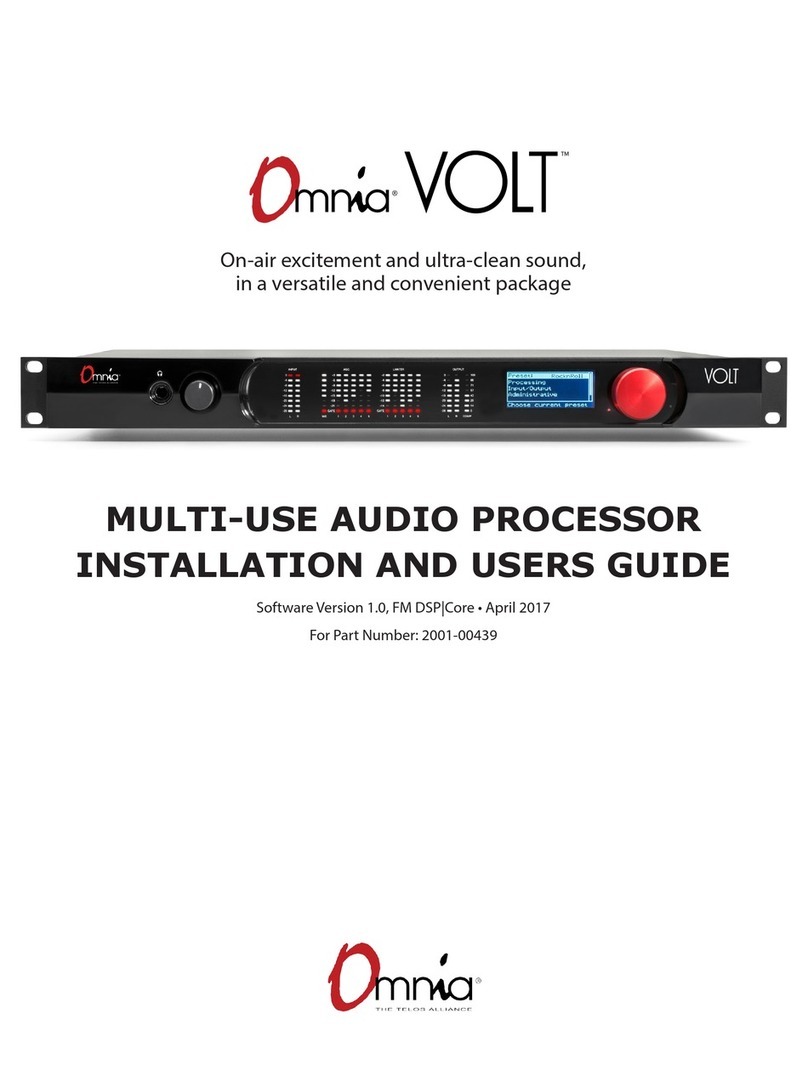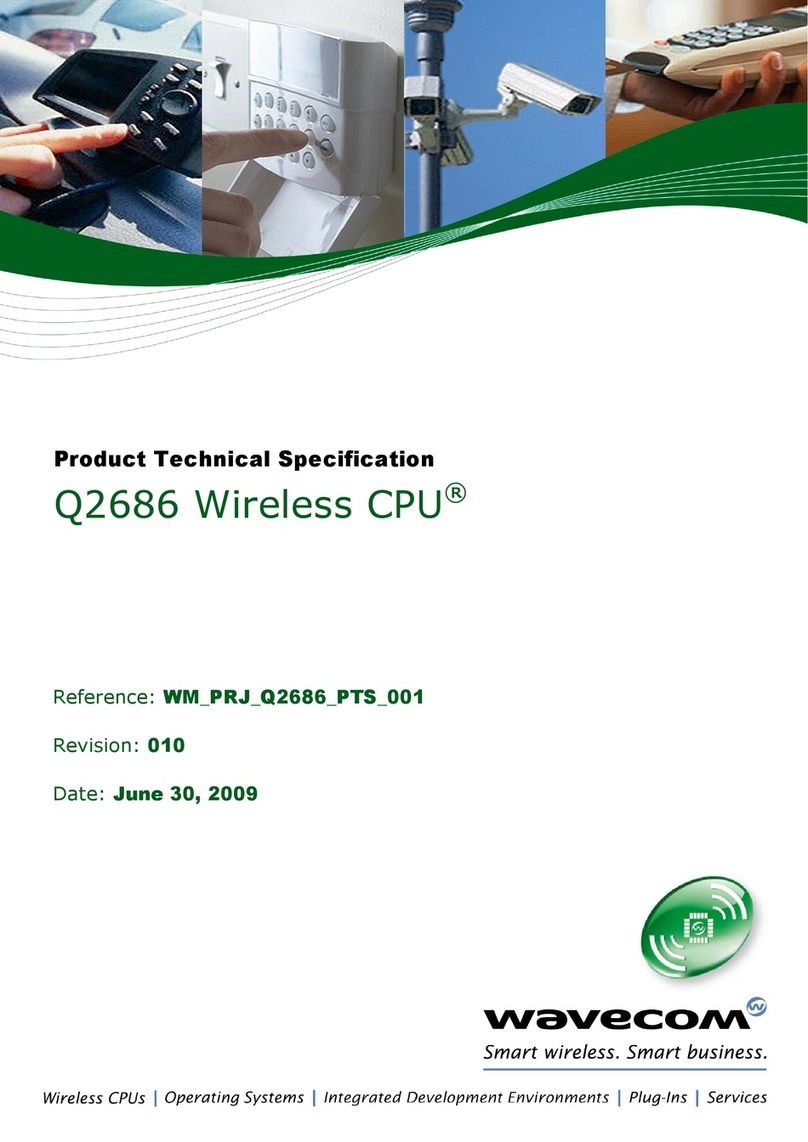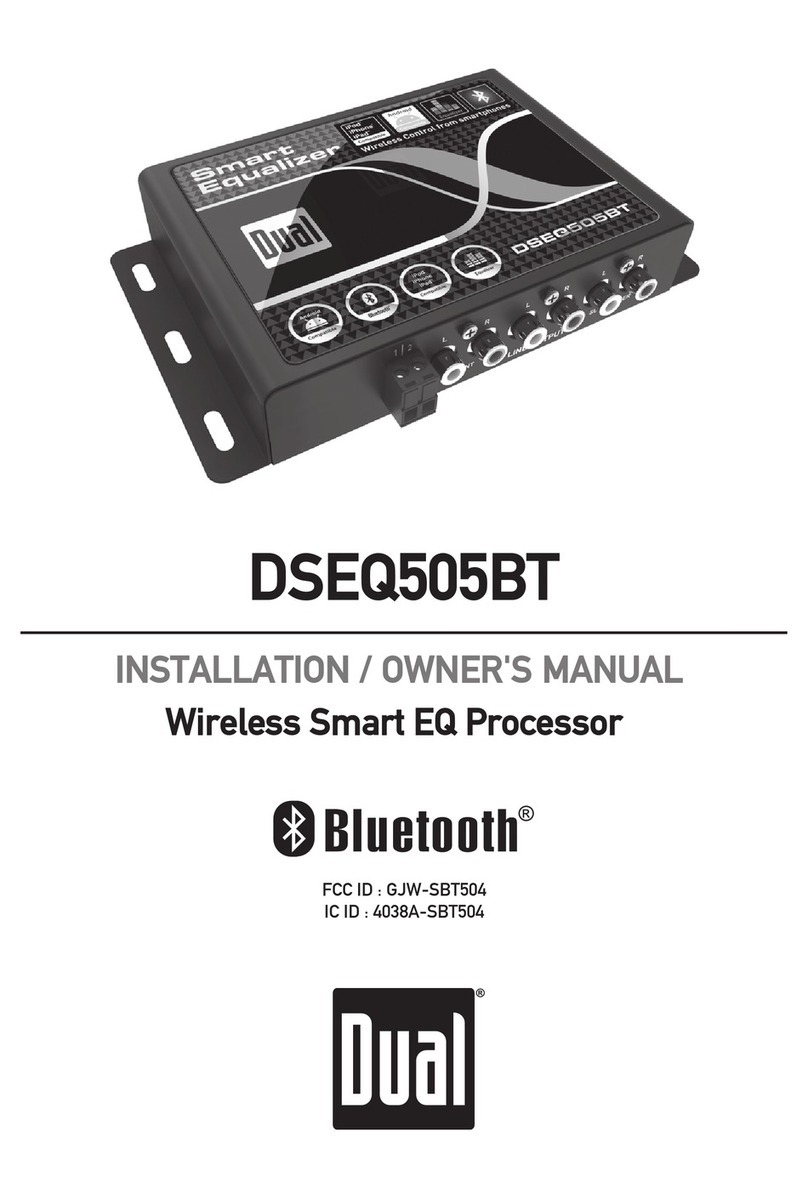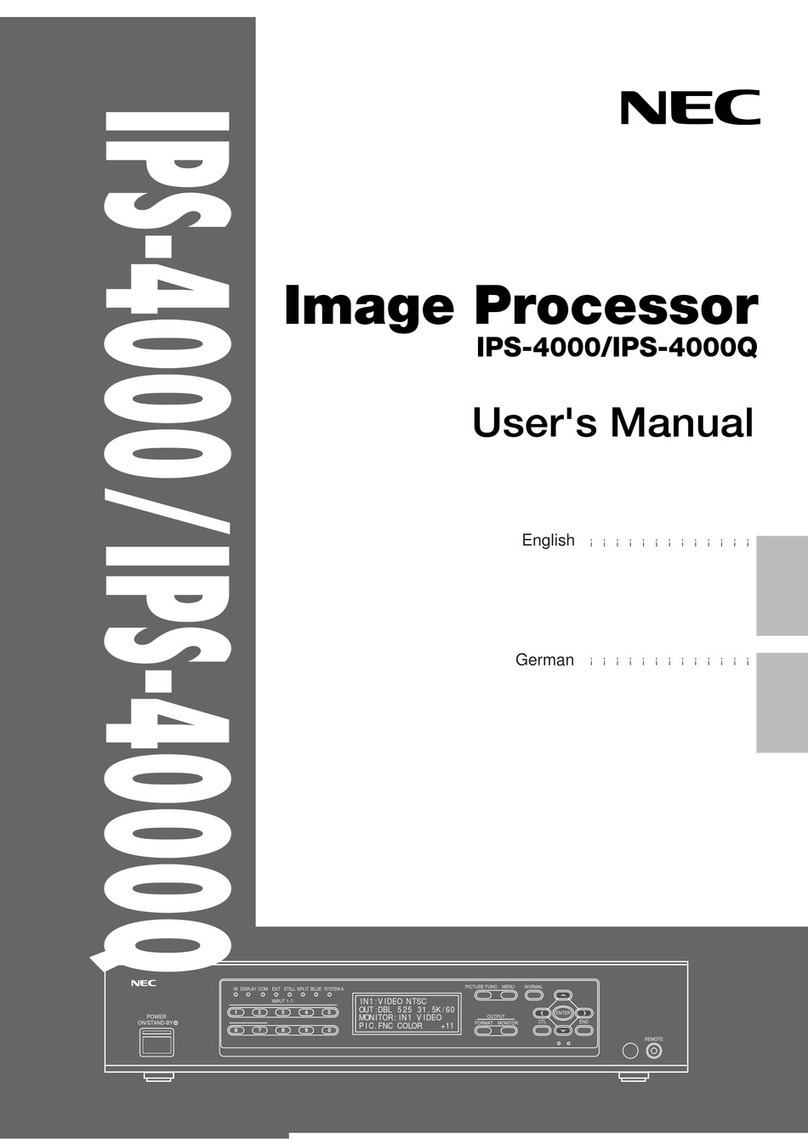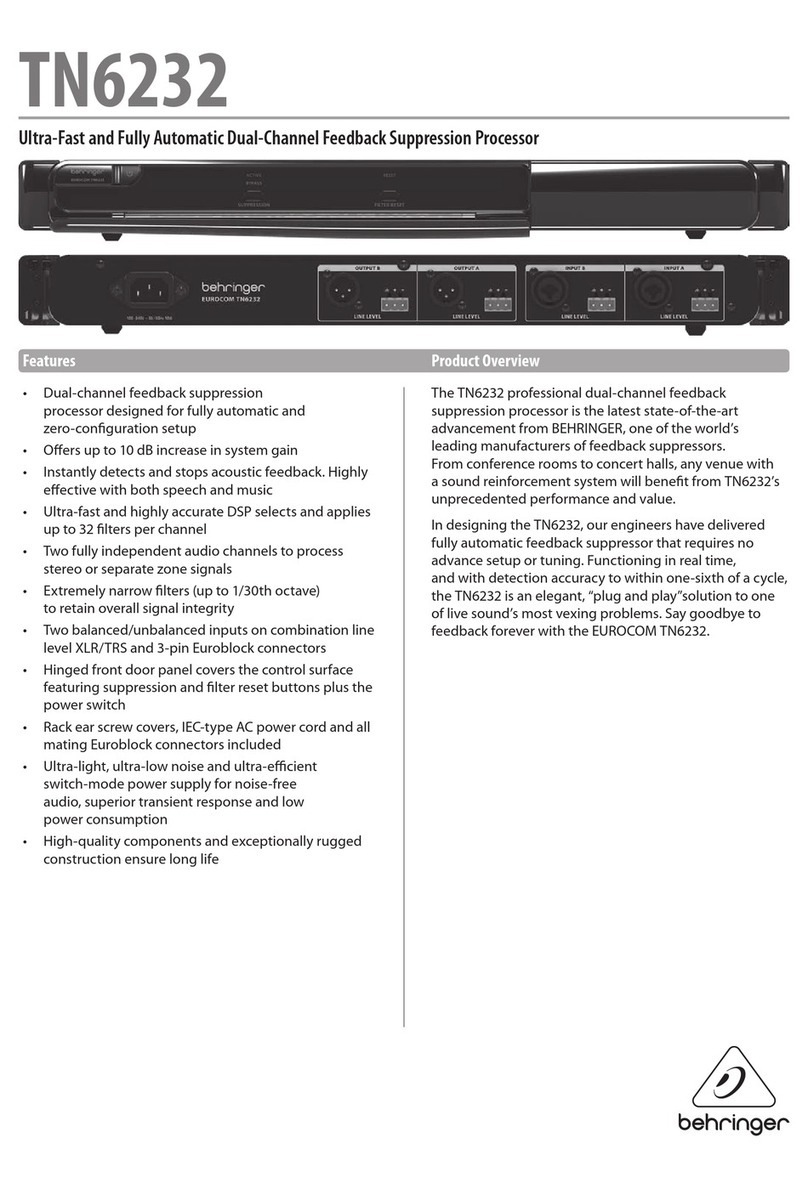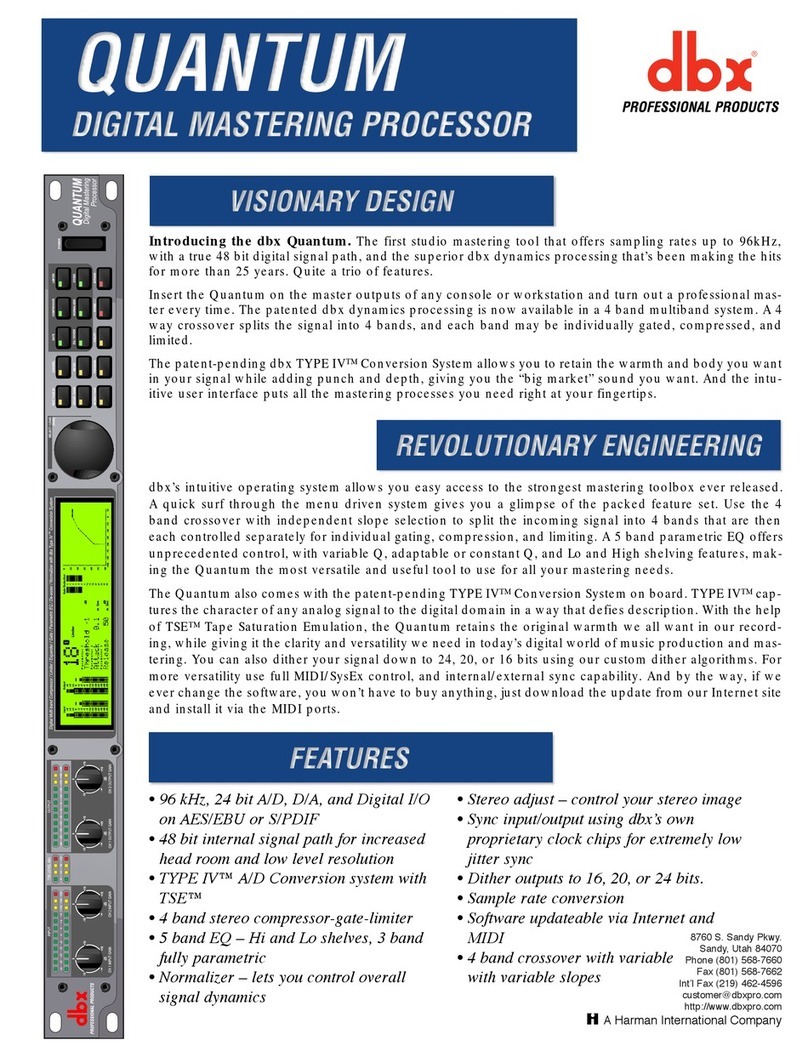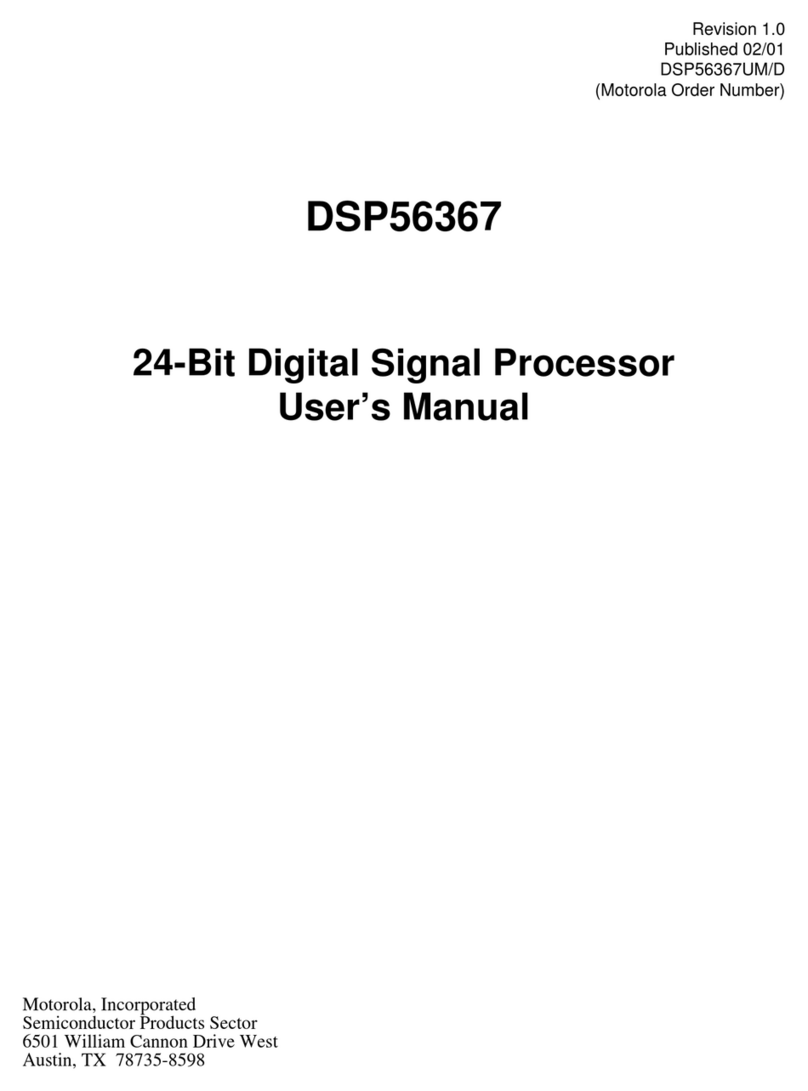
Contents
ixContents
4.4 Instruction Classification 4-22. . . . . . . . . . . . . . . . . . . . . . . . . . . . . . . . . . . . . . . . . . . . . . . . . . . .
4.4.2 Class 2 Instructions: Accumulator and Constant Reference 4-28. . . . . . . . . . . . . .
4.4.3 Class 3 Instruction: Accumulator Reference 4-30. . . . . . . . . . . . . . . . . . . . . . . . . . . .
4.4.4 Class 4 Instructions: Address Register and Memory Reference 4-34. . . . . . . . . . .
4.4.5 Class 5 Instructions: Memory Reference 4-36. . . . . . . . . . . . . . . . . . . . . . . . . . . . . . .
4.4.6 Class 6 Instructions: Port and Memory Reference 4-38. . . . . . . . . . . . . . . . . . . . . .
4.4.7 Class 7 Instructions: Program Control 4-39. . . . . . . . . . . . . . . . . . . . . . . . . . . . . . . . .
4.4.8 Class 8 Instructions: Logic and Bit 4-41. . . . . . . . . . . . . . . . . . . . . . . . . . . . . . . . . . . .
4.4.9 Class 9 Instructions: Miscellaneous 4-42. . . . . . . . . . . . . . . . . . . . . . . . . . . . . . . . . . .
4.5 Bit, Byte, Word and String Addressing 4-44. . . . . . . . . . . . . . . . . . . . . . . . . . . . . . . . . . . . . . . .
4.6 MSP50P614/MSP50C614 Computational Modes 4-49. . . . . . . . . . . . . . . . . . . . . . . . . . . . . .
4.7 Hardware Loop Instructions 4-53. . . . . . . . . . . . . . . . . . . . . . . . . . . . . . . . . . . . . . . . . . . . . . . . .
4.8 String Instructions 4-55. . . . . . . . . . . . . . . . . . . . . . . . . . . . . . . . . . . . . . . . . . . . . . . . . . . . . . . . .
4.9 Lookup Instructions 4-57. . . . . . . . . . . . . . . . . . . . . . . . . . . . . . . . . . . . . . . . . . . . . . . . . . . . . . . .
4.10 Input/Output Instructions 4-59. . . . . . . . . . . . . . . . . . . . . . . . . . . . . . . . . . . . . . . . . . . . . . . . . . . .
4.11 Special Filter Instructions 4-59. . . . . . . . . . . . . . . . . . . . . . . . . . . . . . . . . . . . . . . . . . . . . . . . . . .
4.12 Conditionals 4-69. . . . . . . . . . . . . . . . . . . . . . . . . . . . . . . . . . . . . . . . . . . . . . . . . . . . . . . . . . . . . .
4.13 Legend 4-70. . . . . . . . . . . . . . . . . . . . . . . . . . . . . . . . . . . . . . . . . . . . . . . . . . . . . . . . . . . . . . . . . . .
4.14 Individual Instruction Descriptions 4-74. . . . . . . . . . . . . . . . . . . . . . . . . . . . . . . . . . . . . . . . . . . .
4.15 Instruction Set Encoding 4-189. . . . . . . . . . . . . . . . . . . . . . . . . . . . . . . . . . . . . . . . . . . . . . . . . . .
4.16 Instruction Set Summary 4-198. . . . . . . . . . . . . . . . . . . . . . . . . . . . . . . . . . . . . . . . . . . . . . . . . .
5 Code Development Tools 5-1. . . . . . . . . . . . . . . . . . . . . . . . . . . . . . . . . . . . . . . . . . . . . . . . . . . . . . . .
5.1 Introduction 5-2. . . . . . . . . . . . . . . . . . . . . . . . . . . . . . . . . . . . . . . . . . . . . . . . . . . . . . . . . . . . . . . .
5.2 MSP50C6xx Development Tools Guidelines 5-4. . . . . . . . . . . . . . . . . . . . . . . . . . . . . . . . . . . .
5.2.1 Categories of MSP50Cxx Development Tools 5-4. . . . . . . . . . . . . . . . . . . . . . . . . . .
5.2.2 Tools Definitions 5-5. . . . . . . . . . . . . . . . . . . . . . . . . . . . . . . . . . . . . . . . . . . . . . . . . . . . .
5.2.3 Documentation 5-8. . . . . . . . . . . . . . . . . . . . . . . . . . . . . . . . . . . . . . . . . . . . . . . . . . . . . .
5.3 MSP50C6xx Code Development Tools 5-8. . . . . . . . . . . . . . . . . . . . . . . . . . . . . . . . . . . . . . . .
5.3.1 System Requirements 5-8. . . . . . . . . . . . . . . . . . . . . . . . . . . . . . . . . . . . . . . . . . . . . . . .
5.3.2 Hardware Tools Setup 5-9. . . . . . . . . . . . . . . . . . . . . . . . . . . . . . . . . . . . . . . . . . . . . . . .
5.4 Assembler 5-11. . . . . . . . . . . . . . . . . . . . . . . . . . . . . . . . . . . . . . . . . . . . . . . . . . . . . . . . . . . . . . . .
5.4.1 Assembler Directives 5-11. . . . . . . . . . . . . . . . . . . . . . . . . . . . . . . . . . . . . . . . . . . . . . .
5.5 C––Compiler 5-16. . . . . . . . . . . . . . . . . . . . . . . . . . . . . . . . . . . . . . . . . . . . . . . . . . . . . . . . . . . . .
5.5.1 Foreword 5-16. . . . . . . . . . . . . . . . . . . . . . . . . . . . . . . . . . . . . . . . . . . . . . . . . . . . . . . . . .
5.5.2 Variable Types 5-17. . . . . . . . . . . . . . . . . . . . . . . . . . . . . . . . . . . . . . . . . . . . . . . . . . . . .
5.5.3 External References 5-17. . . . . . . . . . . . . . . . . . . . . . . . . . . . . . . . . . . . . . . . . . . . . . . .
5.5.4 C––Directives 5-18. . . . . . . . . . . . . . . . . . . . . . . . . . . . . . . . . . . . . . . . . . . . . . . . . . . . .
5.5.5 Include Files 5-19. . . . . . . . . . . . . . . . . . . . . . . . . . . . . . . . . . . . . . . . . . . . . . . . . . . . . . .
5.5.6 Function Prototypes and Declarations 5-21. . . . . . . . . . . . . . . . . . . . . . . . . . . . . . . . .
5.5.7 Initializations 5-21. . . . . . . . . . . . . . . . . . . . . . . . . . . . . . . . . . . . . . . . . . . . . . . . . . . . . . .
5.5.8 RAM Usage 5-21. . . . . . . . . . . . . . . . . . . . . . . . . . . . . . . . . . . . . . . . . . . . . . . . . . . . . . .
5.5.9 String Functions 5-22. . . . . . . . . . . . . . . . . . . . . . . . . . . . . . . . . . . . . . . . . . . . . . . . . . . .
5.5.10 Constant Functions 5-23. . . . . . . . . . . . . . . . . . . . . . . . . . . . . . . . . . . . . . . . . . . . . . . . .
